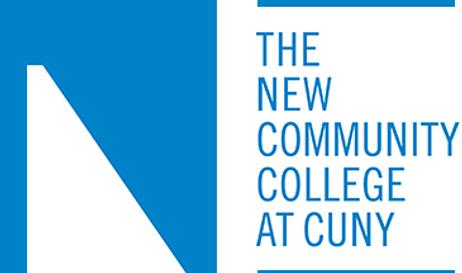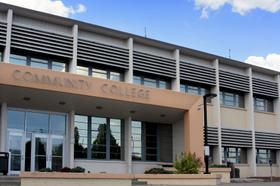Community college completion rates have been a concern since President Obama made these two-year schools a focus in efforts to increase the number of college graduates in the U.S. The truth is that most community colleges currently see relatively low completion rates, due to a myriad of factors working against students attending these schools. The good news is there are many ideas on the table for improving community college completion rates nationwide. Check out these 10 ideas for increasing community college retention that is slowly being put into practice by community colleges across the country.
This video from The Philanthropic Roundtable opines that "It takes more than money to keep low-income community college students enrolled."
Adding Dual-Enrollment Programs
Dual-enrollment programs allow high school students to earn college credits before they earn their high school diplomas. In some cases, the college courses are offered free of charge, depending on whether the state is willing to pick up the tab through special student funding. Other schools charge a nominal tuition fee, which is much lower than what high school graduates can expect to pay. Students that earn college credits during high school are much more likely to see their degree program through to completion.
Collecting Data
The American Council on Education encourages community colleges to join the initiative, “Achieving the Dream: Community Colleges Count.” The initiative uses measurable data to promote higher student





















